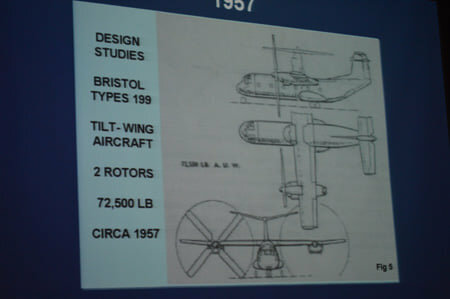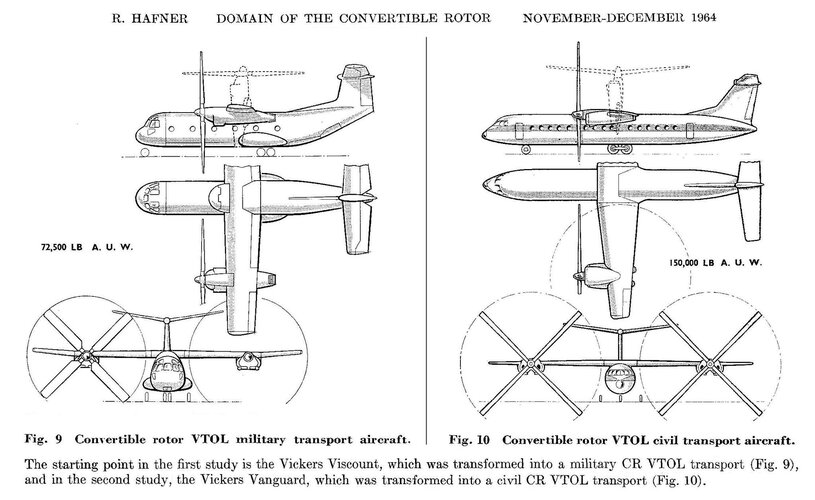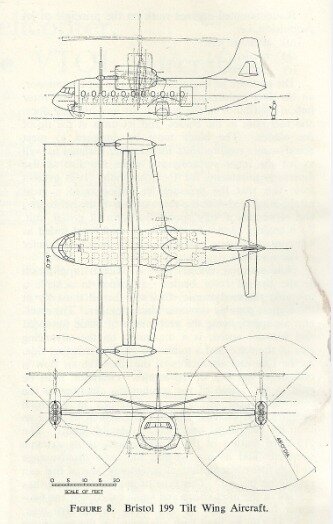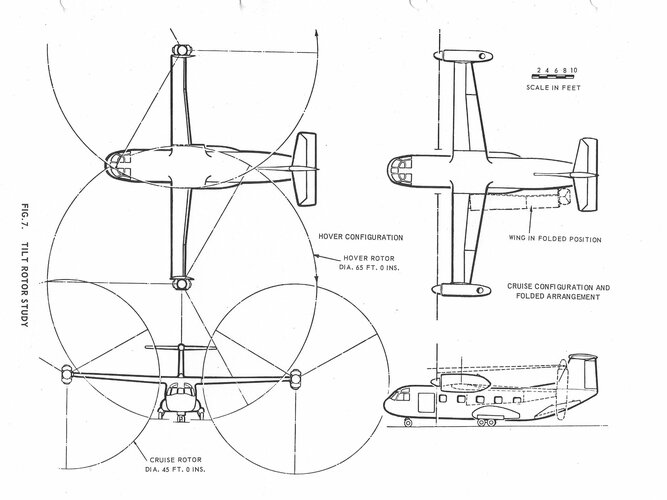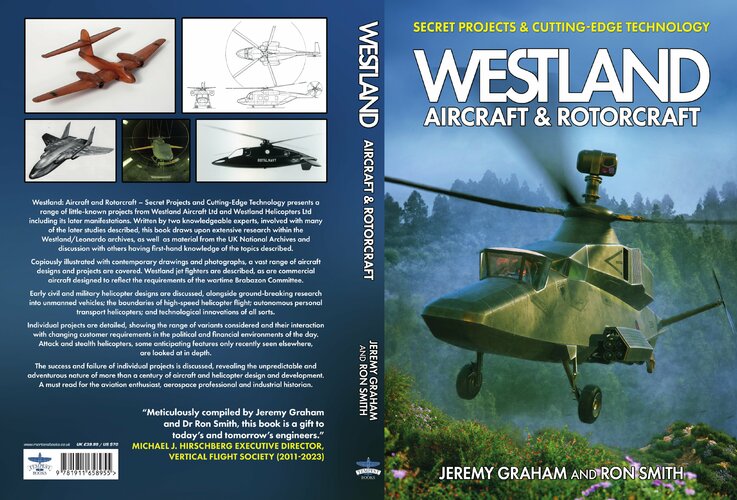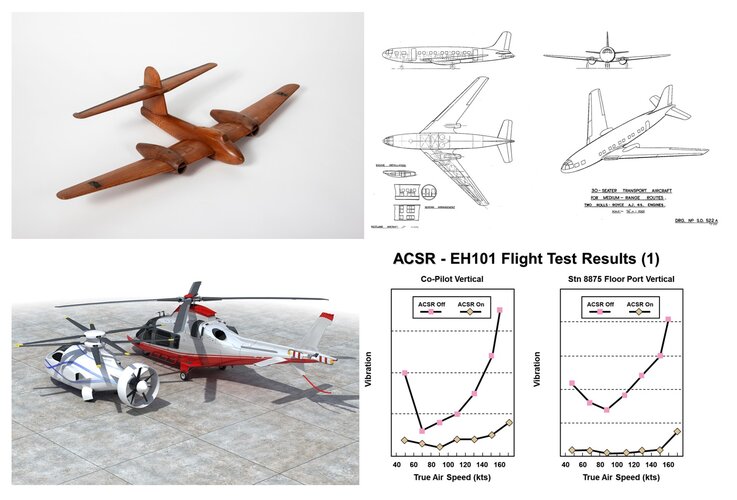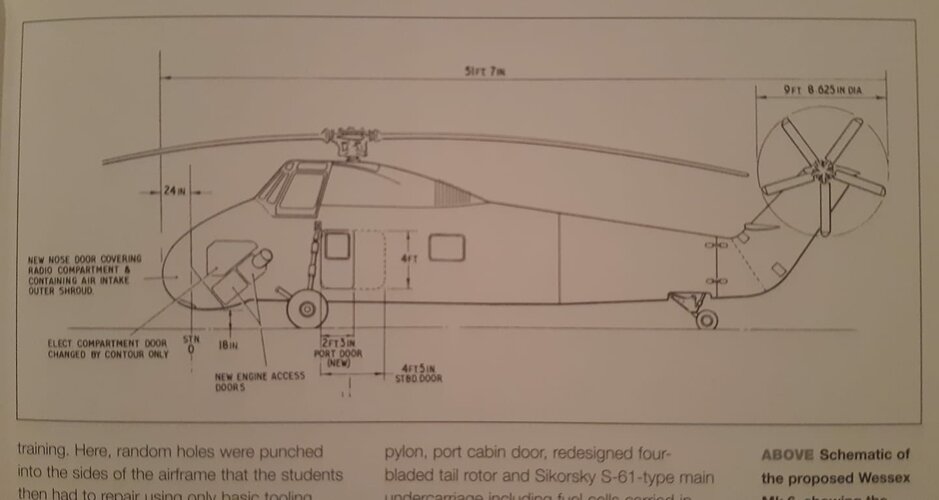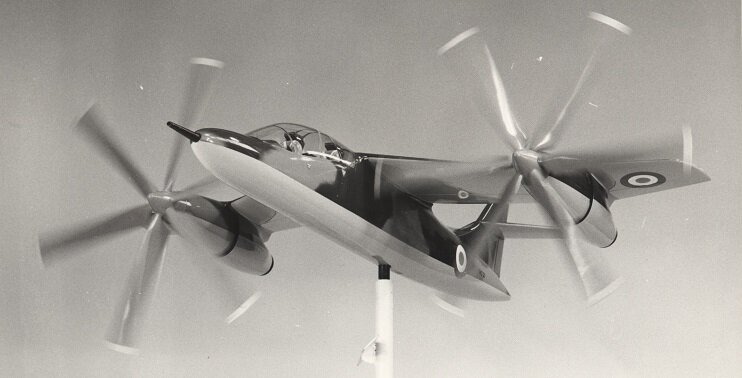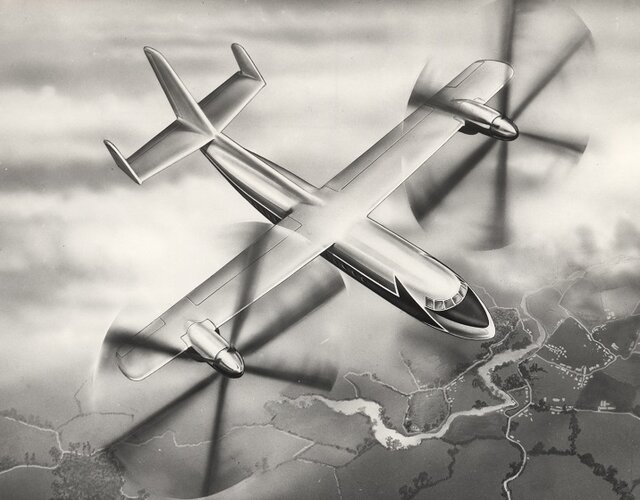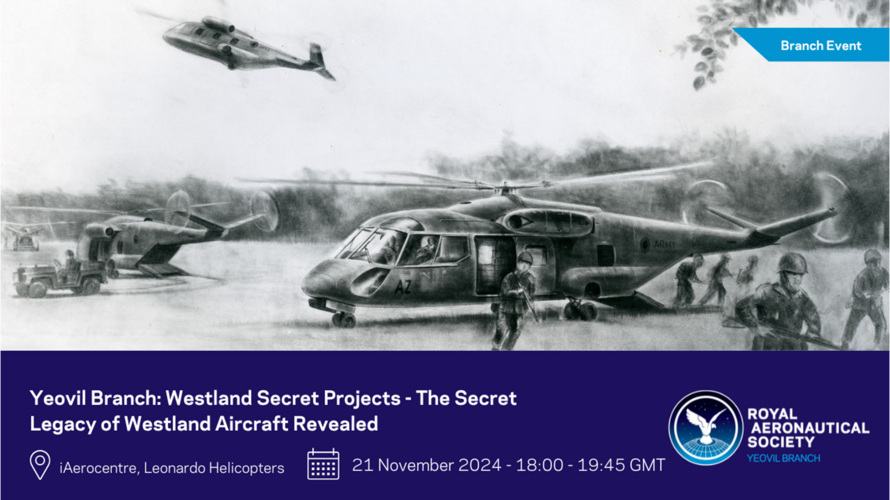How true! This is exactly the kind of book I would like to see to shed more light on the diverse activities of an aircraft manufacturer, to see which designs took which path - regardless of whether they went into series production or not. I take my hat off to the effort that the two authors have gone to in order to offer us this wonderful book.
This is actually the only flaw from my point of view.
Perhaps the authors see a way to provide better resolving three-view drawings to the purchasers of the book, as Scott Lowther (
@Orionblamblam) did years ago, when he verified the petitioner's purchase of a word from page xxx and in line yyy at position zzz in the text of Paul Suhler's publication
From Rainbow to Gusto and sent the drawings because they were reproduced too small in the book.
Two additional questions:
Years ago, I received a few good photo prints of Westland models from the archive of the Helicopter Museum in Bückeburg (Germany), no doubt intended for advertising campaigns at airshows and for magazine editors. Among them was one of the WG.21, which I would like to post here in addition to the two published in the book on page 162.
View attachment 731804
I can't categorise the other design exactly, as it doesn't really resemble any of the compounds shown in the book down to the last detail (note the tail unit with the fin pulled forward to the rear wing edge).
View attachment 731805
Can the two authors say something about the type/project designation of the design shown? I suspect that it is a preliminary study for the WG.22 family.

